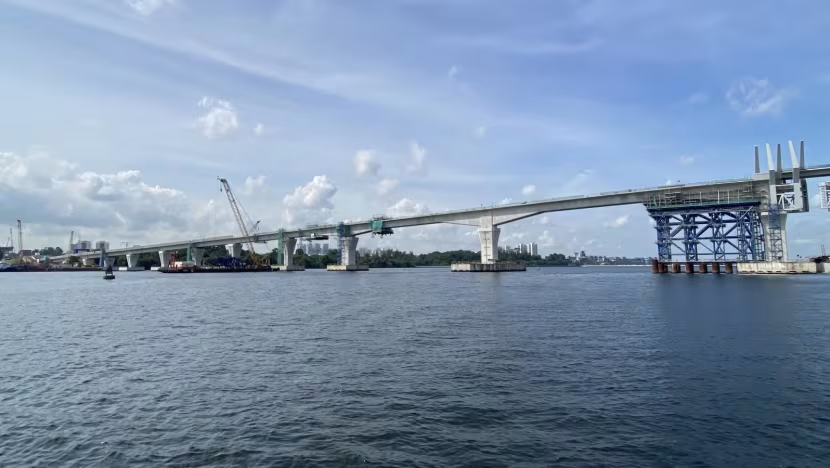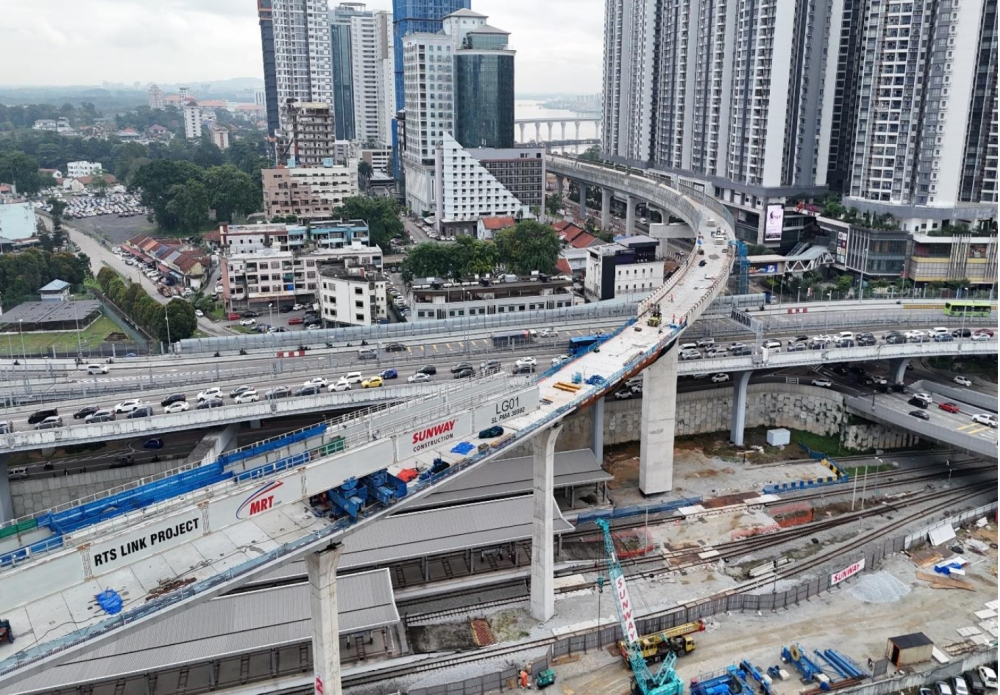The kebaya was jointly nominated by five Southeast Asian countries – Singapore, Brunei, Indonesia, Malaysia and Thailand
The kebaya has been successfully inscribed onto the UNESCO representative list of the intangible cultural heritage of humanity. This was announced on Wednesday (Dec 4) at about 9.50pm Singapore time, after a meeting of the 24-member UNESCO intergovernmental committee (IGC) in Asuncion, Paraguay, said the National Heritage Board (NHB) in a media release.
The inscription was witnessed by representatives of at least 130 state parties and accredited non-governmental organisations to the 2003 Convention for the Safeguarding of the Intangible Culture Heritage. The kebaya was jointly nominated by five Southeast Asian countries – Brunei, Indonesia, Malaysia, Singapore and Thailand – and is the largest nomination from Southeast Asia to date in terms of nominating countries. “The five countries collaborated on a nomination for the first time as the kebaya celebrates our shared cultural identity, promotes cross-cultural understanding, and continues to be present and actively produced and worn by many communities across Southeast Asia,” NHB said.
The nomination fulfilled all five evaluation criteria used by the IGC. The nominating countries were commended for the level of community participation at both the national and regional levels during the nomination process. They were also commended for "the cohesion in recognising (the) kebaya as a unifying element that connects diverse cultures and communities that cross geographically boundaries", NHB said.
Singapore and 4 other nations succeed in getting the kebaya on Unesco intangible cultural heritage list
The kebaya, a traditional women’s garment popular in South-east Asia, has been officially added to a list of the world’s intangible cultural heritage following a joint nomination by Singapore, Brunei, Indonesia, Malaysia and Thailand.
The outcome was announced at about 9.50pm Singapore time on Dec 4, at the meeting of a 24-member Unesco intergovernmental committee held in Asuncion, Paraguay, where new additions to the Unesco Representative List of the Intangible Cultural Heritage of Humanity were approved.
Intangible cultural heritage refers to traditions or living expressions that are inherited and passed on between generations, such as performing arts, social practices, rituals and festive events.
KEBAYA SUCCESSFULLY INSCRIBED ONTO THE UNESCO REPRESENTATIVE LIST
OF THE INTANGIBLE CULTURAL HERITAGE OF HUMANITY
Kebaya has been inscribed onto the UNESCO. Representative List of the Intangible Cultural Heritage (ICH) of Humanity at the 19th session of the Intergovernmental Committee (IGC) that was held in Asunción, Republic of Paraguay. The IGC announced the successful inscription of Kebaya: Knowledge, Skills, Traditions and Practices on 4 December 2024 at approximately 9:47pm (UTC +08:00). The 24-member committee adopted the recommendation by the Evaluation Body to inscribe kebaya onto the
Representative List, and this was witnessed by representatives of at least 130 States Parties
and accredited non-governmental organisations to the 2003 Convention for the Safeguarding
of the Intangible Culture Heritage.
The multinational nomination of kebaya involved five Southeast Asian countries – Brunei Darussalam, Indonesia, Malaysia, Singapore and Thailand – marking the largest nomination from Southeast Asia to date, in terms of the number of nominating countries. The five countries collaborated on a nomination for the first time as the kebaya celebrates our shared cultural identity, promotes cross-cultural understanding, and continues to be present and actively produced and worn by many communities across Southeast Asia.
The nomination fulfilled all five evaluation criteria used by the IGC. The nominating countries were commended for the level of community participation at both the national and regional level during the nomination process, as well as the cohesion in recognising kebaya as a unifying element that connects diverse cultures and communities that cross geographically boundaries. With the positive recommendations from the Evaluation Body, the IGC, chaired by H.E. Ms Nancy Ovelar de Gorostiaga (Ambassador Extraordinary and Plenipotentiary and Permanent Delegate of the Republic of Paraguay to UNESCO), proceeded to declare kebaya inscribed onto the Representative List.
Kebaya: knowledge, skills, traditions and practices
Kebaya is a front-opening top often adorned with intricate embroidery and worn with fasteners such as brooches or buttons. It comes in various lengths and can be worn with a matching sarong. Kebaya is a way of dressing that has evolved with the lifestyles of Southeast Asian women.
It is worn at casual as well as formal events, social gatherings and festivals. It is also worn in the performing arts, such as in dance performances, theatre and film. Contemporary designs are featured in beauty pageants and award ceremonies to reflect the wearer’s cultural identity. Making kebaya involves specific skills and knowledge related to the preparation, design, selection and cutting of fabrics and accessories, as well as different sewing and embroidery styles.
Traditionally, these skills and knowledge have been transmitted informally from mothers to daughters. Over time, men have also become involved and formal training has become available through schools and workshops. Kebaya is a significant part of the cultural heritage and identity of various communities in Southeast Asia. Despite variations in how kebaya is made and worn, it is a common cultural element that transcends ethnicity, religion and borders, facilitating dialogue and uniting communities.
The kebaya nominated for UNESCO Intangible Cultural Heritage
5 Southeast Asian countries unite to nominate kebaya for UNESCO Intangible Heritage List
The kebaya, a traditional Southeast Asian garment, is being nominated by Indonesia, Brunei, Malaysia, Thailand and Singapore for 2023’s UNESCO Intangible Heritage List. Singapore has been running a campaign on Facebook to get the kebaya included on UNESCO’s list since it first announced the effort in a press release on Nov. 23, 2022.
While Singapore distributed the press release, the Southeast Asian city-state noted that Malaysia proposed and coordinated the plan. In a Q&A posted on Feb. 16, Singapore’s National Heritage Board explained that the countries would be sending their nomination to UNESCO by this month. As part of the submission process, each of them would need to “showcase their efforts in promoting and safeguarding the kebaya” and gather “community support and consent for the nomination.”
Although Indonesia was not listed in the first official draft of the press release for the nomination in November 2022, the Southeast Asian country was eventually added to the list by Singapore’s National Heritage Board. "The five countries agreed to work together on this multinational nomination as the kebaya represents and celebrates the region’s rich shared history, promotes cross-cultural understanding and continues to be actively produced and worn by many communities across Southeast Asia," the National Heritage Board wrote.
Peranakan Dressings - The Kebaya































